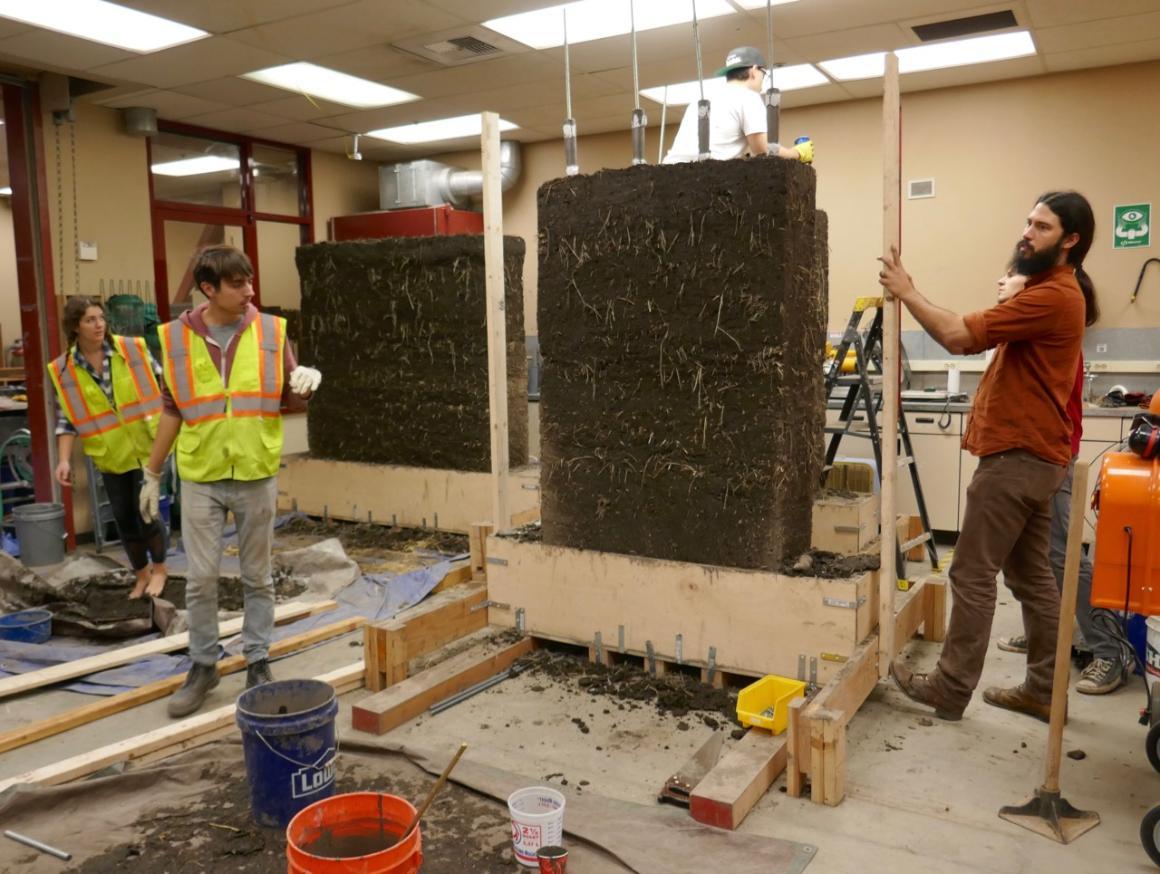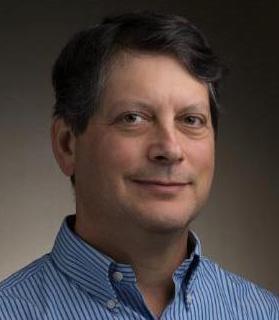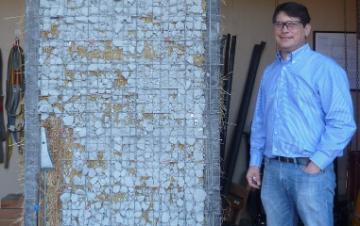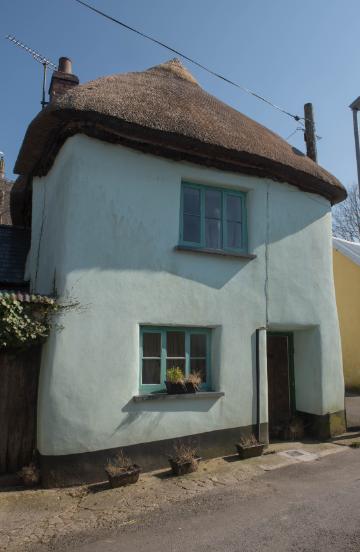
Making Sustainable Cob Building Safer, More Accessible
Engineering professor launched students in key research that underpins new cob building code.
The memory of her late colleague Mark Aschheim often brings tears to the eyes of Santa Clara University civil engineering lecturer Tonya Nilsson, but the realisation that he will forever share an honor tied to the work of a group of his SCU students brightens her mood.
Though he did not live to see it, their research contributed to a new international residential building code recently approved for sustainable “cob” homes, made of a wet mix of clay soil, straw, and sand.
Led by Aschheim, an SCU professor of Civil, Environmental and Sustainable Engineering, then by Nilsson, the students’ participation in key seismic testing of the full scale walls of cob material at Santa Clara was instrumental to the success of the years-long effort led by the Cob Research Institute, with whom Aschheim was long affiliated.
“It will be a part of Mark’s legacy,” says Nilsson of her close friend who passed away last June after a two-year battle with cancer. “He was a brilliant researcher, but at the same time he was a passionate person, somebody who said, ‘How do I use my knowledge in structural engineering to improve things?’”
A SCU senior design project Aschheim envisioned that focused on the seismic testing of full-scale cob walls was prescient. Not only would it introduce students to a centuries-old sustainable building material, they could also work alongside some of the nation’s top experts from the Cob Research Institute (CRI), including architect and founder John Fordice and practitioner Massey Burke.
Since 2008, the Berkeley-based CRI has been developing building code standards for safe cob construction. Over the years, its members have reached out for research and testing help from students in civil engineering programs at various California universities.
The new code will be added as an Appendix to the model 2021 International Residential Code (IRC) and to the 2022 California Residential Code. The IRC is used as the residential code in 49 of the 50 U.S. states.
“Jesuit universities believe in social and environmental justice, and I think that’s an important reason Mark and his students became involved in this work,” says renowned sustainable architect and CRI advisor Martin Hammer. “Those two principles are intertwined.”
A Testing Machine at SCU

Mark Aschheim
Central to the SCU students’ project was the massive testing frame Aschheim had built inside the former Bannan Engineering Building. For years, it allowed civil engineering students to gauge how much lateral load walls of varying materials and connections could resist. In this senior design project, the frame was used to test four 7’H x 5’L x 16’T cob walls the students had made, each wall reinforced differently.
One by one, in-plane lateral forces were applied to the cob walls, alternately to the left and right, repeatedly with increasing force, to simulate the shaking of an earthquake. When it was over, the SCU student team determined the capacity of the wall systems tested and concluded the most effective wall used a combination of vertical steel and horizontal wire mesh reinforcement. In fact, all four wall types proved structurally viable, including the wall that used only its straw as reinforcement.
“Professor Aschheim built the machine himself, which is why he was so influential,” says Joseph Novara ’18, one of six SCU students who worked on the project from the spring of 2017 until graduating in 2018. “Without his machine and his brain, we would not have been able to do the experiment.”
With Nilsson’s mentorship and oversight, civil engineer and CRI board member Anthony Dente guided the SCU students’ seismic research, along with Hammer.
“Mark had an exceptional understanding of seismic engineering and a willingness to apply it to materials and building systems outside the conventional realm, with the intention of allowing and encouraging more sustainable ways of building,” says Hammer.
“I miss him professionally and personally. He was one of the best people I have ever known.”
From Straw Bale to Cob
Years before Aschheim landed at Santa Clara in 2003, Hammer was aware of the civil engineer’s investigations into sustainable building, particularly with straw bale construction, a passion both men shared.
First developed in Nebraska in the late 1800s after the invention of baling machines, straw bale homes were constructed regionally into the 1930s. But the method was abandoned for decades as steel, timber, concrete, and glass became readily available nationwide.
Yet straw bale witnessed a rebirth in the 1980s in the American southwest, and soon spread worldwide. In 2002, at the University of Illinois at Urbana-Champaign, Aschheim did seismic testing with students and fellow engineer David Mar on straw bale walls, covered with reinforced cement-lime plaster that is part of the structural system, as well as protection from moisture, fire, and pests.

Mark Aschheim standing next to a straw bale wall specimen he tested at SCU in 2015.
Straw bale construction continues to be valued for its resource and energy efficiency, fire resistance, as well as aesthetics. More than 1,000 straw bale buildings, including homes, schools, office buildings, and wineries were built in California, and there are straw bale buildings in all 50 states and more than 50 countries.
“Plastered straw bale houses survived some of the terrible Northern California wildfires, while nearby wood-framed homes did not,” says Hammer, who has designed 10 such homes in California, and in Haiti and Nepal after earthquakes there.
Since 2001, Hammer worked on updating straw bale codes, with the help of many others. In 2013, together with Aschheim and David Eisenberg, a veteran sustainable building and code expert, Hammer spearheaded approval of an appendix for straw bale construction in the International Residential Code. Professor Aschheim’s pioneering work, testing and understanding the seismic safety of the system, and his reputation in the academic and code development communities, were vital to the landmark approval of the appendix, says Hammer.
Meg Ackerson ’17, an engineer in training at Arup Advanced Technology + Research in San Francisco, recalls working with Aschheim doing seismic testing on straw bale walls at Santa Clara.
“He always had a measured, calm, benevolent energy,” says Ackerson of her mentor. “When you had questions that seemed confusing or hard, he always had a way of talking through them with you to make it more digestible and more manageable. He really had a gift with that.”
The Next Challenge

Traditional Devonian cob and lime cottage in Devon, England.
For Hammer, Aschheim and others, creating a cob construction code was the next challenge in the sustainable building systems continuum. The method of earthen construction has been used for thousands of years around the world in regions including Britain, Northern Europe, the Middle East, West Africa, China, and the Southwestern United States.
Derived from an old English word, cob means “lump,” as these buildings often feature curved or sculpted walls.
A stiff mixture of clay-soil, straw, water and usually sand is placed in layers to create walls that can support a roof with no need for structural posts. When properly designed, constructed, and maintained, Nilsson and others say, cob homes have proven to last many centuries.
“Cob uses the same materials as adobe,” says Hammer. “But adobe walls are built with adobe bricks and mortar, whereas cob walls are stacked in integrated layers, creating a monolithic wall. That’s why cob is often called monolithic adobe.”
Like straw bale buildings, cob buildings can be relatively low cost, and easy to learn to build by eco-friendly communities as well as in developing countries where affordable material costs are paramount. Cob is also highly fire resistant—it was used for centuries to build ovens and kilns—and earthquake-safe when built to the methods outlined in the new IRC appendix. And, says Nilsson, cob buildings are non-toxic and environmentally friendly, often using clay-soil from the site.
Eco-friendly building
“Our conventional building materials are devastating to the environment,” she explains. “Just the production of cement alone accounts for at least five percent of all CO2 that we put into the world’s atmosphere every year.” Steel manufacturing adds another seven percent of carbon emissions, she says.
Yet, even as cob buildings have been making a comeback, the lack of a building code for cob construction has resulted in difficulty obtaining permits in most parts of the U.S.
After years of research and testing by CRI and its university partners, the Cob Construction Appendix approved in December 2019 should address that problem.
“It’s definitely something cool,” says Novara of the new code and underlying research documents that will include the names of all those, including himself, who worked with CRI to create the new code.
“Professor Aschheim set the foundation for sustainable building material testing at Santa Clara University and was essential to the eco-friendly building community,” says Novara, a Senior Project Engineer with McCarthy Building Companies.
“He exemplified the mission statement of the School of Engineering and was an inspiration to our research team and all civil engineering students who had the pleasure of working with him.”
Santa Clara University established the Mark Aschheim Memorial Award to honor his many contributions to the University, the School of Engineering, and the Civil, Environmental and Sustainable Engineering Department. The memorial fund grants a financial award to a rising senior majoring in Civil, Environmental, and Sustainable Engineering. Contributions may be sent to Santa Clara University, Office of Gifts Processing, Attention: Mark Aschheim Memorial Award, 500 El Camino Real, Santa Clara, CA 95053.
Mark Aschheim's students building cob test walls in a SCU civil engineering lab; CRI board member Anthony Dente is at far right.